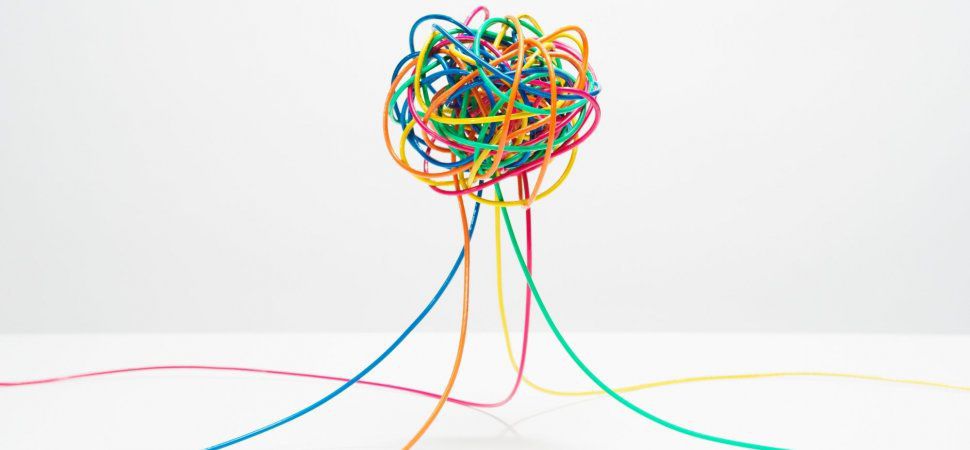We recommend downloading and using the Slack Desktop app and/or Slack Mobile app as they both have multiple benefits over using the browser-based version of Slack. Use one of the links below to download the Slack application for your preferred platform and/or device.
- Using Slack With Trello
- Using Slack In The Workplace
- Using Slack Family
- Slack Tutorial Video
- Using Slack Cartoon
- Using Slack For Team Building
Using Slack With Trello

- If you’re using Slack on your computer, you probably already know there’s a desktop app for this management tool. You can access your workspace via this app or log in using a web browser.
- We know it's a hassle to switch browsers, but we want your experience of Slack to be fast, secure, and the best it can possibly be. To continue, please switch to a supported browser, or — for the finest Slack experience — download the desktop app If you happen to know your workspace's url, please sign in manually here instead.
- Connecting to other services with your Slack account is a simple and secure way to start using other tools in Slack. Read on to learn how to sign in to or sign up for other services with your Slack account.
- Slack is a cloud-based software program that is used for project management, information sharing, individual and group communication, as well as synchronous and asynchronous collaboration.


If you aren’t already using it, chances are you have probably heard of the online communication platform known as Slack. Slack is a cloud-based software program that is used for project management, information sharing, individual and group communication, as well as synchronous and asynchronous collaboration. There are free and paid plans available; the main difference between the plans is the number of messages that are accessible (10,000 with the free plan) and how many third-party tools are supported (10 with the free plan). What began in 2013 as a mode for inter-office conversation between two business offices has quickly expanded to hundreds of workplaces worldwide as well as many classrooms.
Using Slack In The Workplace
With the number of existing communication tools already available, you may be wondering how this one differs and why you might consider using it. Slack is organized into ‘channels’ which are like chat rooms dedicated to specific conversations. Messages posted to a channel can be seen by everyone who subscribes to that channel or directed to specific individuals and kept private. Unlike traditional chat rooms which may be hard to follow, Slack supports threading, which allows participants to respond directly to posts within a channel without interrupting the overall flow of conversation. Slack integrates with several third-party services, such as Box, Google Drive, and Dropbox, as well as developer platforms such as GitHub and Bitbucket. It also has a powerful search feature, making it easy to find files and specific topics in cross-channel conversations.
Slack was designed with efficiency in mind, therefore communication tends to be succinct and streamlined. Generally speaking, participants write short, direct messages closer in style to a messaging app without the ‘formality’ often used when composing an email. While this lack of formality may take some getting used to, many students are already accustomed to this style which they frequently use in various social media apps and when texting. 360 controller driver for mac. Also unlike email, Slack follows more of an ‘opt-in’ model, where users can join in on conversations they feel are relevant and ignore those that are not. Settings are available to determine how often users are notified of messages being posted.
The following is a list of possible ways instructors can use Slack in the classroom:
Using Slack Family
- Share information – Create channels for posting announcements, sharing articles, links, relevant content, etc. Students can immediately ask questions or comment on the post which could lead to a dialogue around a specific topic. This may help to engage students in the topic as well as build a sense of community in the class.
- Manage group projects – Each group can have its own channel to collaborate, share files, and communicate with each other. Instructors can post resources for groups in their specific channels and periodically check in and offer assistance as needed.
- Crowdsource class notes – Create a channel for students to contribute main ideas from notes taken in class. This could eventually be used to create a study guide.
- Poll the class – Slack includes a free polling tool which can be used to survey students for a variety of reasons in real-time, during class, or asynchronously, outside of class. Polls are optionally anonymous.
- Include experts ‘in the field’ – Invite subject matter experts and/or those working ‘in the field’ to Slack so they can participate in conversations and answer student questions. JHU instructor Jennifer Bernstein invites former students to stay involved in her Slack channels so that current students can benefit from the perspective of someone who has recently graduated and is now working in the medical profession.
- Monitor student engagement – Slack provides an optional weekly summary of usage statistics, including charts and graphs showing how many messages were posted, files uploaded, etc.
Slack Tutorial Video

If you decide to use Slack in a classroom environment, there are some considerations to keep in mind. For example, there is no FERPA compliance in Slack. Cleaner for mac download. Sensitive data such as grades and personal information should not be shared in Slack spaces. Instructors should be clear with students about what types of conversations are appropriate for Slack, and what might be better served in an email or face-to-face. Another thing to consider is the capability available to members (students) that are invited to a Slack space. Instructors may be surprised with the permissions and features available to students (i.e. the ability to create their own channels). Therefore, it is recommended that instructors familiarize themselves with the established permissions of Slack before getting started. Finally, it may be worth noting that Slack is not a course management system (Blackboard, Canvas, etc.), and does not contain many of the features available in those systems, such as a gradebook, assignment creator, rubrics tool, etc. It may, however, provide an interesting, alternative means of communication in relevant situations as determined by the instructor.
Using Slack Cartoon
Amy Brusini, Senior Instructional Designer
Center for Educational Resources
Using Slack For Team Building
Image sources: Slack logo, Phil Simon: How I Use Slack in the Classroom
